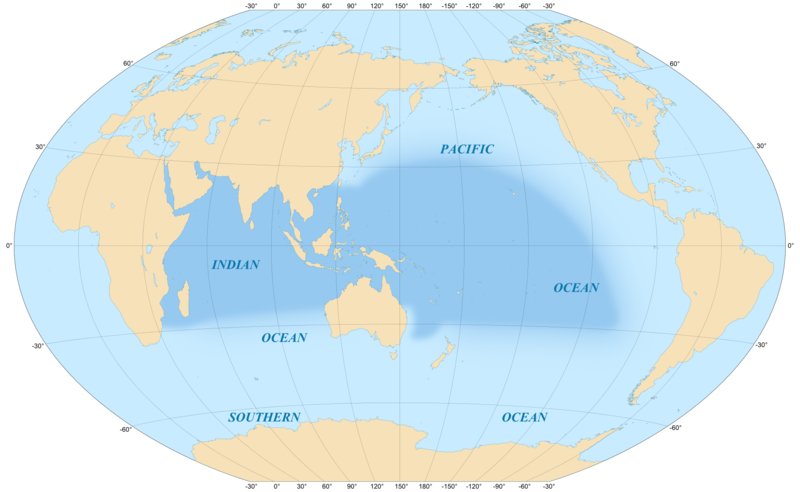
The US administration recently announced its long-awaited Indo-Pacific strategy. The document focuses on developing capacity to deal with challenges in the region
Read more
The strategy focuses on challenges from China, i.e. implying that US allies and partners in the region bear the brunt of the consequences of China’s assertive policies.
- The economic coercion of Australia.
- The conflict with India along the Line of Actual Control.
- The growing pressure on Taiwan.
- Bullying of Japan, ASEAN countries in the East and South China Seas.
The vision of Indo-Pacific: The US will seek an Indo-Pacific that is free and open, connected, prosperous, secure and resilient.
Free: investing in civil society, a free press and democratic institutions.
Connection: through the QUAD, treaty alliances with groups such as ASEAN, the European Union (EU) and NATO, a security alliance AUKUS.
Prosperity: to establish secure supply chains and invest in clean energy.
Security: such as opposing efforts to alter territorial boundaries or undermine the rights of sovereign nations at sea.
Resilience: The Indo-Pacific faces significant Climate challenges as South Asia’s glaciers melt and the Pacific Islands battle rises in sea levels. Further, the Indo-Pacific governments grapple with natural disasters, resource scarcity, internal conflict, and governance challenges. In this context, the US envisages building regional resilience by working with allies and partners to develop 2030 and 2050 targets, strategies, plans, and policies consistent with limiting global temperature increase to 1.5 degrees Celsius.

Source: Whitehouse